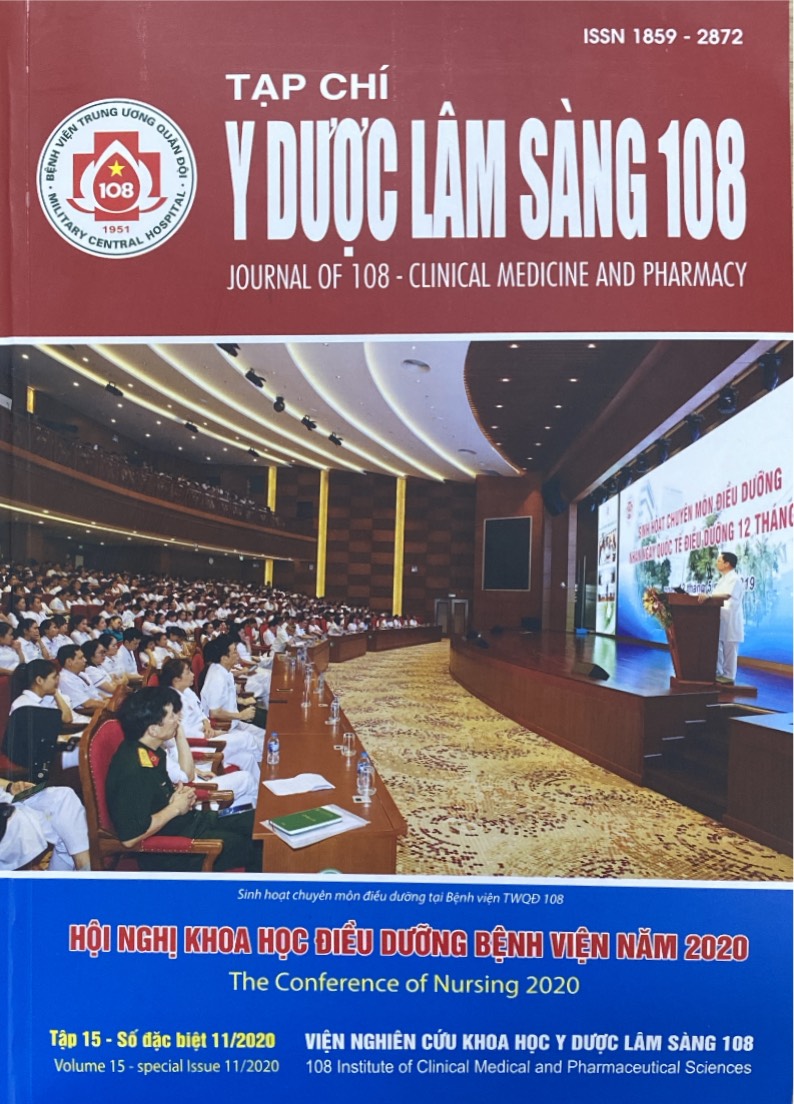Chemotherapy-induced nausea and vomiting
Main Article Content
Keywords
Abstract
Objective: To investigate the proportion of patients with chemotherapy-induced nausea and vomiting; analysis of factors influencing nausea and vomiting. Subject and method: Cross-sectional description of over 629 cycles chemotherapy at Oncology Department - 108 Military Central Hospital. Result: 28.8% patients had nausea, only 0.5% had grade 3 nausea. 14% patient had vomiting, only 1.3% had grade 3 vomiting. No patients had grade 4 nausea and vomiting. 77.3% patient had anorexia and 81.4% fatigue. Young people (under 40 years old), women, chemotherapy regimens with cisplatin or doxorubicin, anxiety, the first-time chemotherapy had significantly higher rates of nausea and vomiting. Conclusion: nausea (28.8%) and vomiting (14%) are a common side effect of chemotherapy, that depends on age, sex, chemotherapy regimen, and patient psychology.
Article Details
References
2. Morrow GR, Roscoe JA, Hickok JT et al (1998) Initial control of chemotherapy-induced nausea and vomiting in patient quality of life. Oncology (Williston Park) 12(3-4): 32.
3. National Comprehensive Cancer Network. NCCN clinical practice guidelines in oncology. https://www.nccn.org/professionals/physician_gls
4. Pater J, Slamet L, Zee B et al (1994) Inconsistency of prognostic factors for post-chemotherapy nausea and vomiting. Support Care Cancer 2(3): 161.
5. Olver IN (1992) Antiemetic study design: Desirable objectives, stratifications and analyses. Br J Cancer Suppl19: 30.
6. Pollera CF, Giannarelli D (1989) Prognostic factors influencing cisplatin-induced emesis. Definition and validation of a predictive logistic model. Cancer 64(5): 1117.
6. Roila F, Molassiotis A, Herrstedt J et al (2016) 2016 MASCC and ESMO guideline update for the prevention of chemotherapy- and radiotherapy-induced nausea and vomiting and of nausea and vomiting in advanced cancer patients. Ann Oncol 27(5):119.
 ISSN: 1859 - 2872
ISSN: 1859 - 2872
